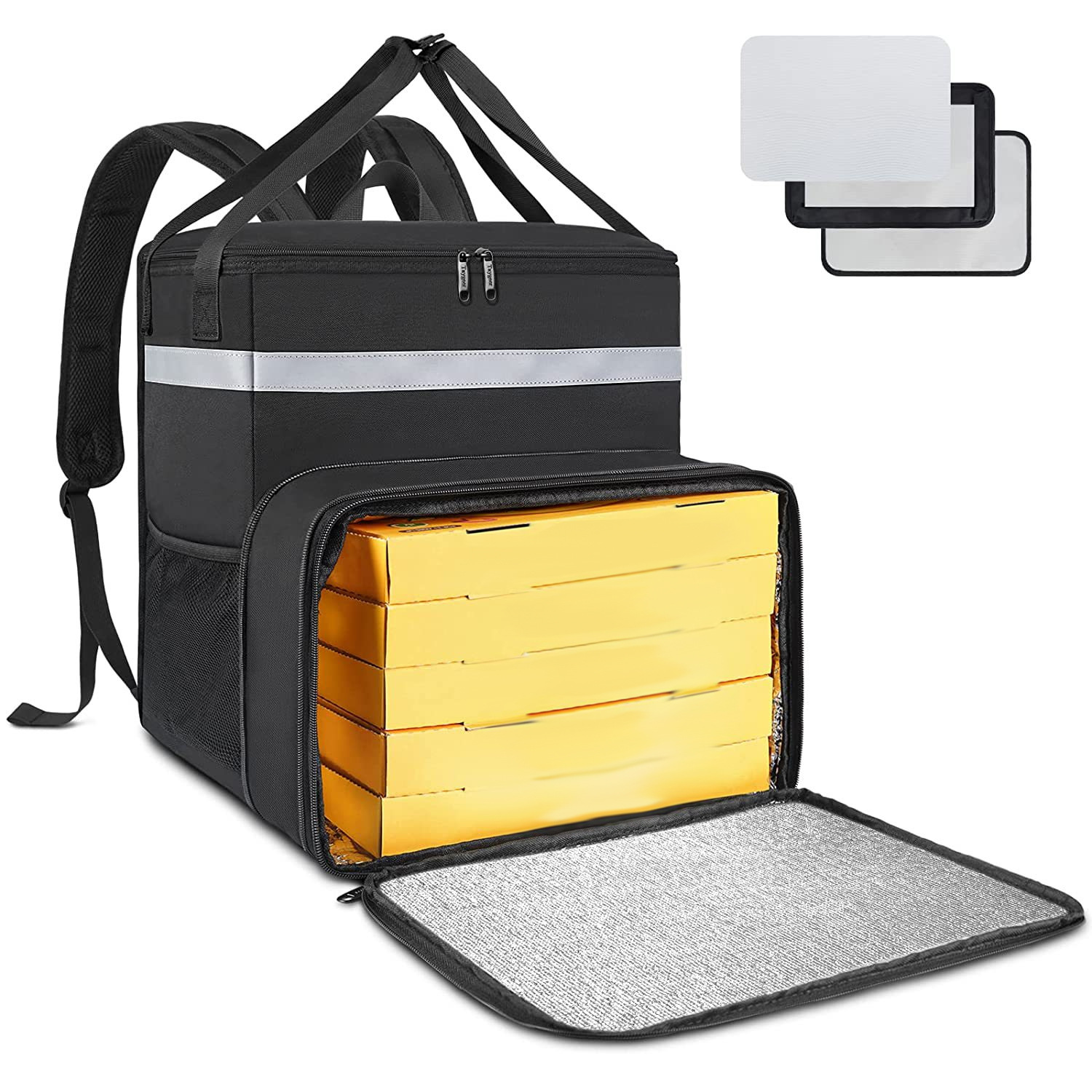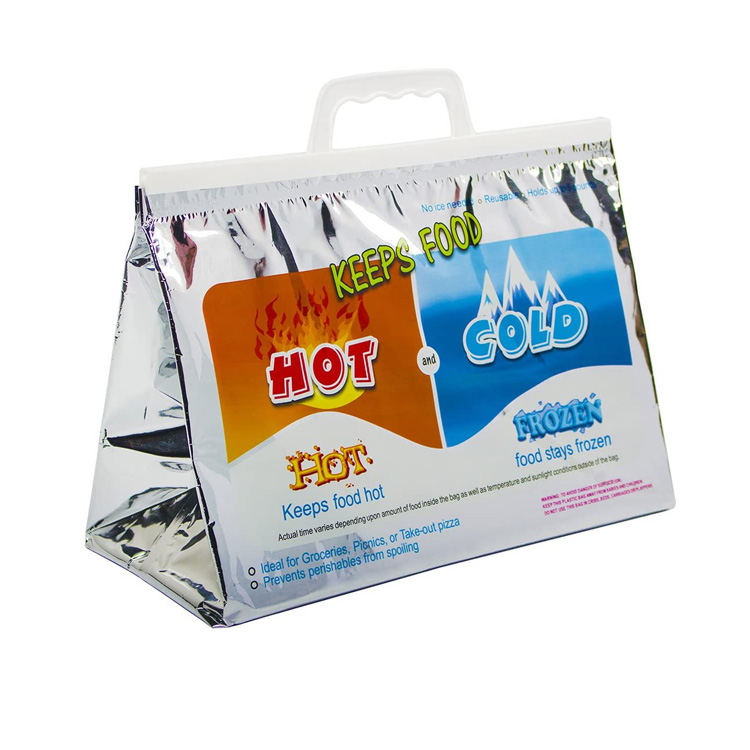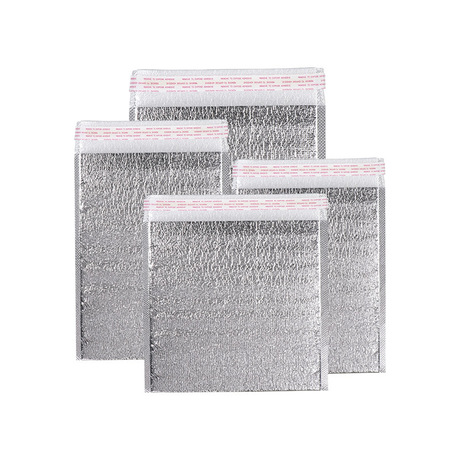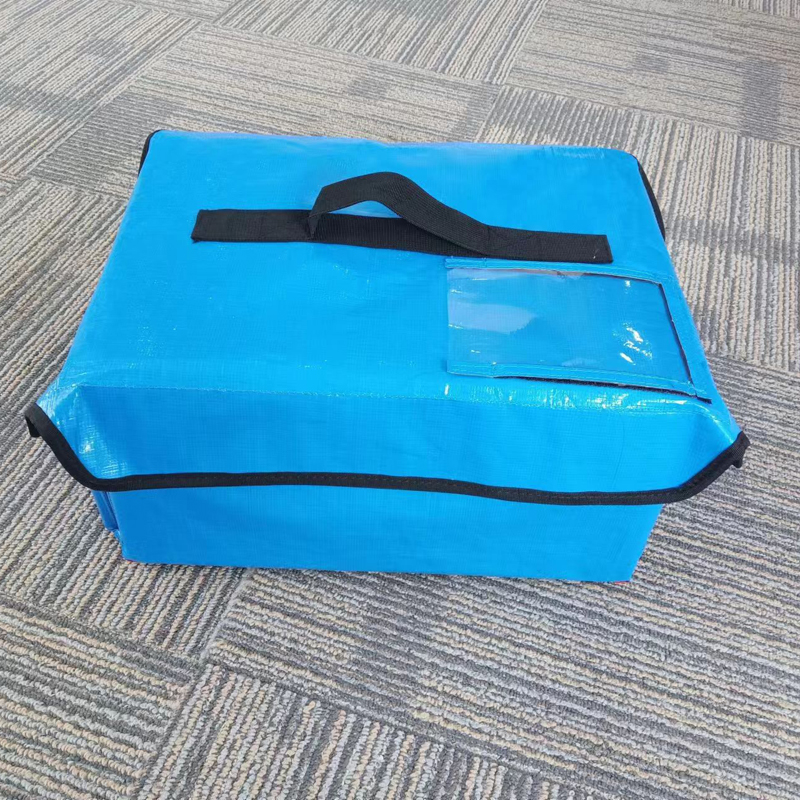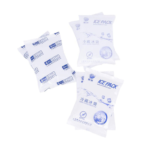When shipping perishable goods, Farmasi, or other temperature-sensitive items, selecting the appropriate dry ice pack is crucial. Dry ice packs, with their powerful cooling capabilities and long-lasting effects, have become the preferred choice for many industries. Namun, with the wide variety of dry ice packs available in the market, how can you professionally choose the most suitable dry ice pack for your shipping needs? This guide provides comprehensive insights to help you make an informed decision.
1. Understand Your Shipping Needs
Before selecting a Paket es kering, it is essential to clearly define your shipping requirements:
- Type of Product: Determine whether you are shipping food, Farmasi, chemicals, or other temperature-sensitive items.
- Temperature Requirements: Understand the optimal storage temperature range required for your products.
- Transit Duration: Estimate the total time your package will spend in transit, including handling and storage times.
- Shipping Distance: Consider whether you are shipping domestically or internationally, as this will impact shipping times and regulatory requirements.
2. Cooling Capacity and Duration
The cooling capacity and duration of a dry ice pack directly affect the quality of the shipped goods:
- Cooling Power: Ensure the dry ice pack can achieve and maintain the necessary temperatures to protect your products from heat exposure.
- Duration: Choose dry ice packs that provide sufficient cooling duration based on your estimated transit time. Longer shipments may require larger capacity or multiple dry ice packs.
- Thermal Insulation: High-quality dry ice packs with excellent insulation properties can maintain low temperatures for extended periods, reducing the need for additional packs.
3. Size and Quantity
Selecting the appropriate size and quantity of dry ice packs is crucial for cooling efficiency and cost-effectiveness:
- Package Size: Match the size of the dry ice pack to the dimensions of your shipment. Oversized packs can lead to unnecessary costs, while undersized packs may fail to maintain the required temperatures effectively.
- Number of Packs: Determine the number of dry ice packs needed based on the volume and sensitivity of your shipment. Multiple packs can ensure uniform cooling throughout the package.
- Modularity: Some dry ice packs are designed to be modular, allowing you to combine them as needed for greater flexibility.
4. Packaging Material and Design
The materials and design of dry ice packs significantly impact their performance and safety during shipping:
- Durable Construction: Choose dry ice packs made from high-strength, puncture-resistant materials. These materials effectively prevent leaks and ruptures.
- Leak-Proof Design: Ensure that the dry ice packs have secure sealing designs to prevent leaks during dry ice sublimation, ensuring shipping safety.
- Flexible vs. Rigid Design: Flexible dry ice packs with modular designs can better conform to the shape of your shipment, providing even cooling. In contrast, rigid dry ice packs offer more consistent temperature control but are less adaptable.
5. Safety and Compliance
Shipping dry ice involves adhering to various safety regulations to prevent accidents and ensure legal compliance:
- Regulatory Standards: Familiarize yourself with dry ice shipping regulations set by organizations such as the International Air Transport Association (Iata) and the Department of Transportation (DOT). These regulations cover the allowed number of dry ice packs, labeling requirements, and packaging standards.
- Labeling Requirements: Properly label your packages with the quantity of dry ice and include handling instructions to inform carriers and recipients about the package contents.
- Ventilation Design: Ensure that the packaging allows for adequate ventilation to prevent pressure buildup from sublimating carbon dioxide gas, avoiding potential rupture of the packaging.
6. Environmental Considerations
With increasing environmental awareness, choosing sustainable dry ice packs has become a significant consideration for many businesses:
- Bahan ramah lingkungan: Select dry ice packs made from recyclable or biodegradable materials to minimize environmental impact.
- Reusable Options: Invest in reusable dry ice packs that can be refrozen and used multiple times, reducing long-term costs and resource waste.
- Efficient Usage: Optimize the number of dry ice packs used per shipment to avoid excessive consumption and reduce your carbon footprint.
7. Cost and Budget
Balancing performance with cost is a key factor in selecting the best dry ice pack:
- Initial Investment: Compare the prices of different brands and models of dry ice packs, considering both cost and quality.
- Long-Term Costs: Factor in potential savings from reusable dry ice packs and reduced spoilage or product loss.
- Bulk Purchasing: For large-scale shipping needs, buying dry ice packs in bulk can often reduce the per-unit cost, making it more economical for businesses with high shipping volumes.
8. Ease of Use
Practicality and user-friendliness enhance the overall shipping experience:
- Handling and Storage: Choose dry ice packs that are easy to handle, store, and integrate into your packaging workflow.
- Preparation Time: Select dry ice packs that require minimal preparation, such as those that do not need activation or special handling before use.
- Temperature Indicators: Some Tempcontrolpack dry ice packs come with temperature indicators to monitor and ensure that the desired cooling levels are maintained throughout the shipping process.
9. Brand Reputation and Reviews
Reliability is often reflected in the reputation of the manufacturer and user feedback:
- Reputable Brands: Opt for dry ice packs from well-known brands that are recognized for quality and reliability.
- Customer Reviews: Read reviews and testimonials to gauge the performance and satisfaction of other users, helping you make a more informed choice.
- Warranty and Support: Consider products that come with warranties or customer support services to address any issues that may arise during shipping.
10. Additional Features
Certain features can enhance the functionality and convenience of dry ice packs:
- Insulated Containers: Some dry ice packs come with insulated containers to further improve cooling efficiency and extend cooling duration.
- Adjustable Cooling Levels: Tempcontrolpack dry ice packs may offer adjustable cooling settings to cater to different shipping needs.
- Integrated Tracking: High-tech dry ice packs may include tracking capabilities to monitor temperature and location in real-time, ensuring the safety and integrity of your shipment.
Recommendations for Choosing the Best Dry Ice Pack
Based on the factors outlined above, here are specific recommendations to help you select the best dry ice pack for shipping:
- Assess Your Specific Needs: Clearly define the type of products you are shipping, the required temperature range, and the expected transit duration.
- Choose the Right Size and Quantity: Select dry ice packs that fit your shipment dimensions and provide adequate cooling duration based on your shipping needs.
- Prioritize Safety and Compliance: Ensure that the dry ice packs meet all regulatory requirements and are properly labeled and packaged according to shipping standards.
- Opt for Durable and Reliable Materials: Invest in high-quality, durable dry ice packs that can withstand the rigors of shipping without leaking or breaking.
- Consider Environmental Impact: Choose eco-friendly materials and reusable dry ice packs to support sustainability goals and reduce environmental impact.
- Evaluate Cost-Effectiveness: Balance the initial investment with long-term costs to find a solution that fits your budget without compromising on quality.
- Check Brand Reputation: Select products from trusted brands with positive user feedback and reliable customer support.
- Look for Additional Features: Features like temperature indicators and insulated containers can enhance the effectiveness and reliability of your shipping process.
Kesimpulan
Choosing the best dry ice pack for shipping requires a comprehensive evaluation of various factors, including cooling capacity, size and quantity, material and design, safety and compliance, environmental impact, cost, ease of use, and brand reputation. By thoroughly analyzing and assessing these factors, you can select dry ice packs that best meet your shipping needs, ensuring effective temperature control and product safety throughout the transit process.
Investing in the right dry ice packs not only protects your shipped goods but also enhances shipping efficiency and customer satisfaction. If you have further questions or need personalized recommendations, consider consulting with shipping and packaging experts to tailor the best solution for your business needs.












